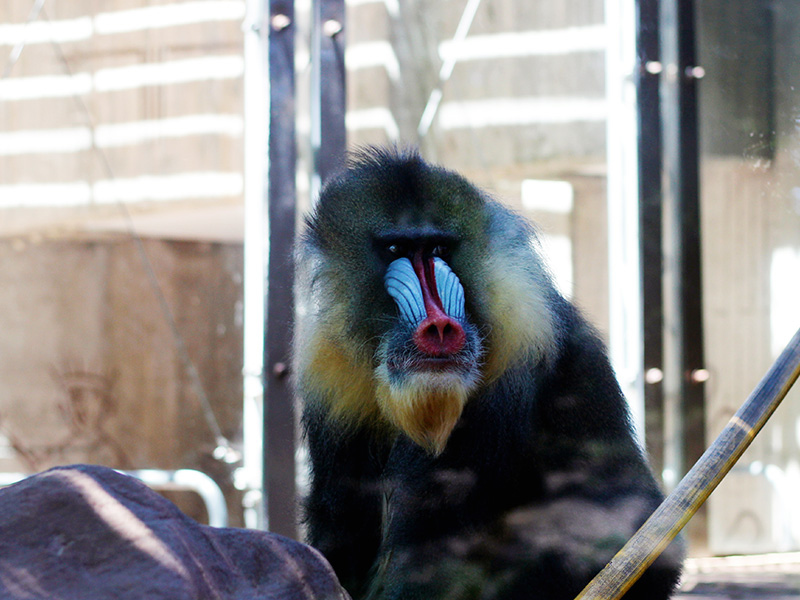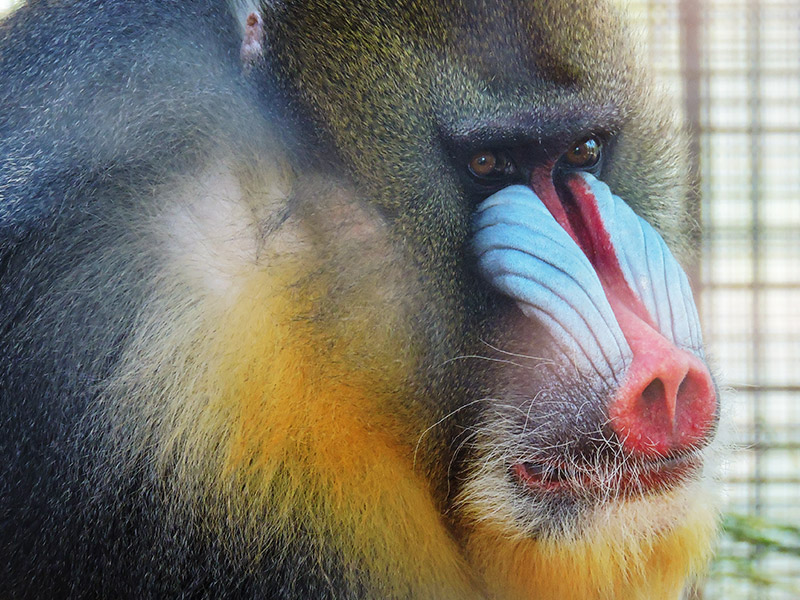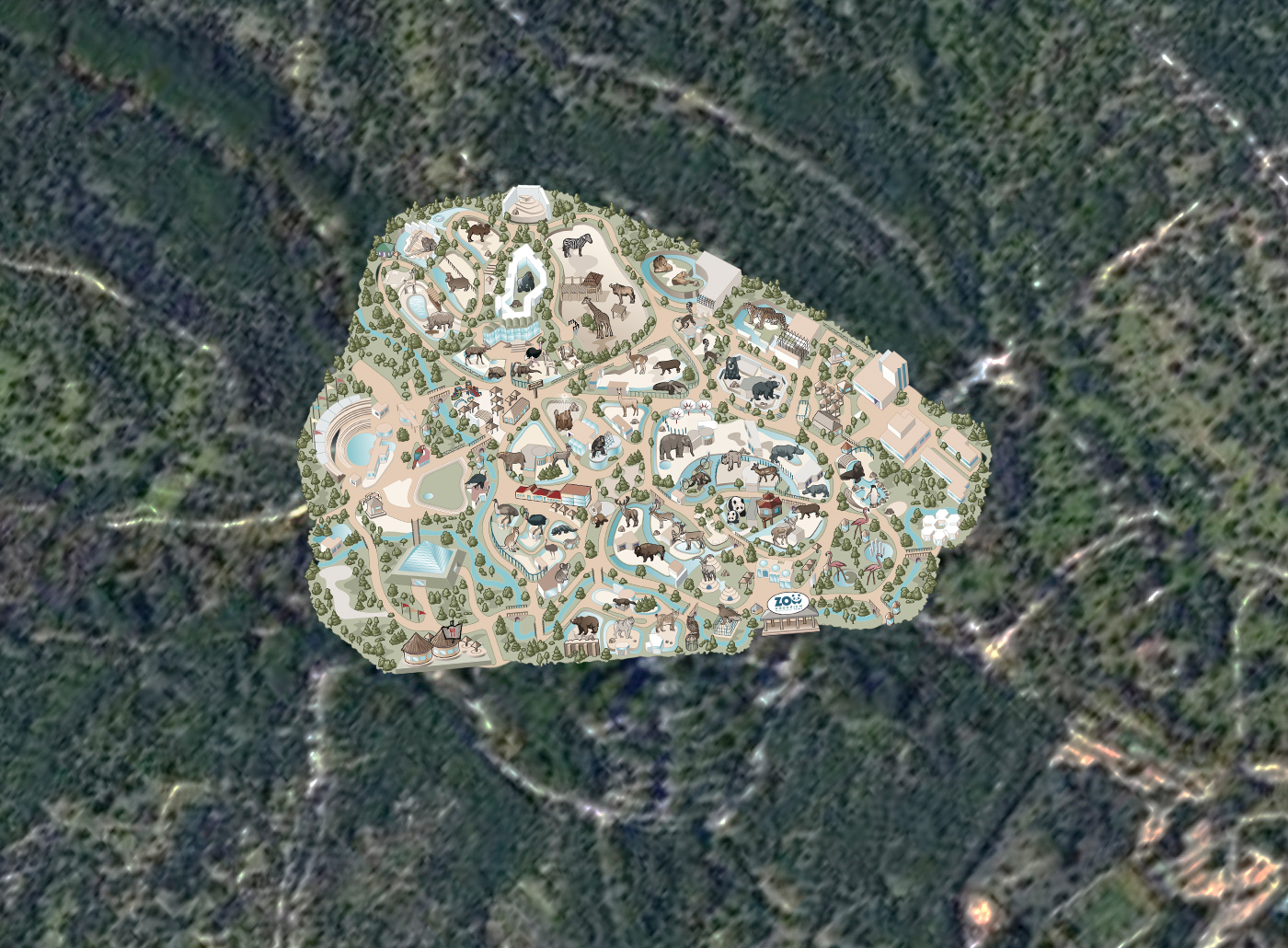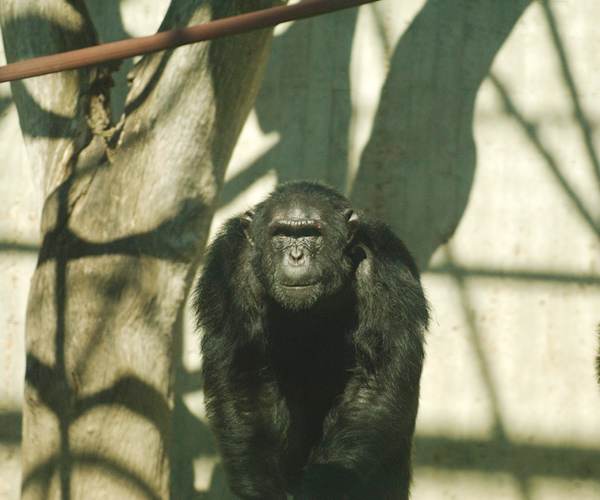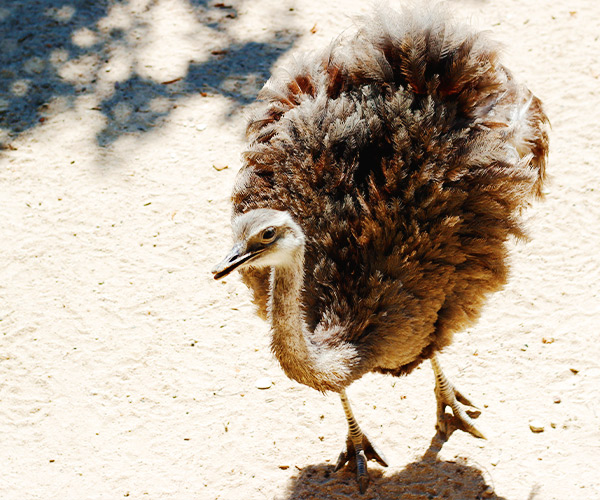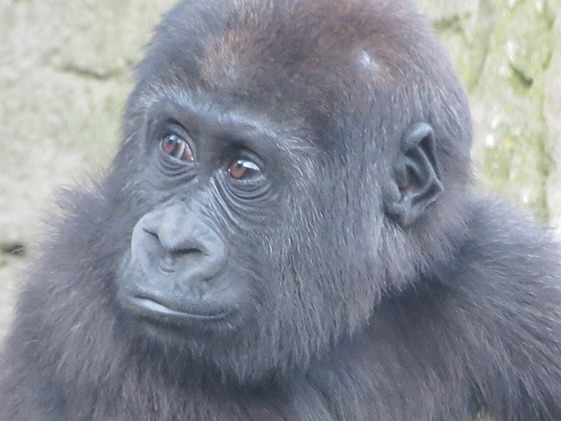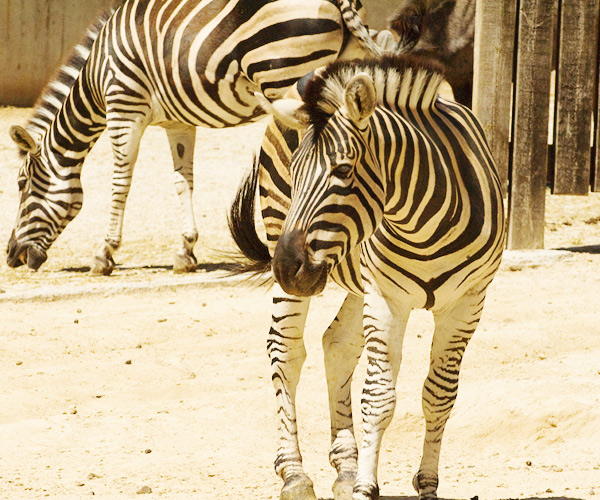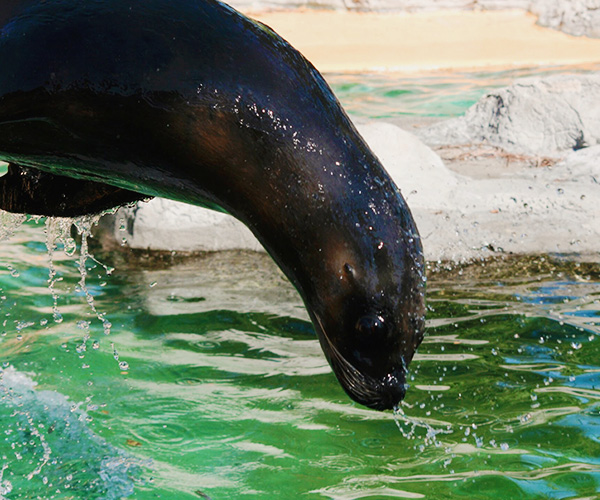Originally from the African jungles, they are the largest monkeys in the world, after the hominids (gorillas, orangutans, chimpanzees and humans). It is believed that, in the process of evolution, the baboon decided to stay on the ground, where it had fewer competitors.
The coloring of its face is very striking and is related to hierarchy and age. Adult males have very intense colors that make them more attractive to the eyes of females, while females have duller colors.
Baboons live in groups of about 40 individuals (females, young males and calves), which are reorganized into larger groups of about 600 individuals called “troops”.
Baboons communicate with grunts, but also use somewhat more subtle forms of expression, such as yawning and baring their canines. In this case, rather than threatening others, perhaps what they are doing is a show of force.
Omnivorous, these monkeys feed on roots, tubers, fruits, insects, worms and small mammals.
Gestation lasts about six months and ends with the female giving birth to a young.
